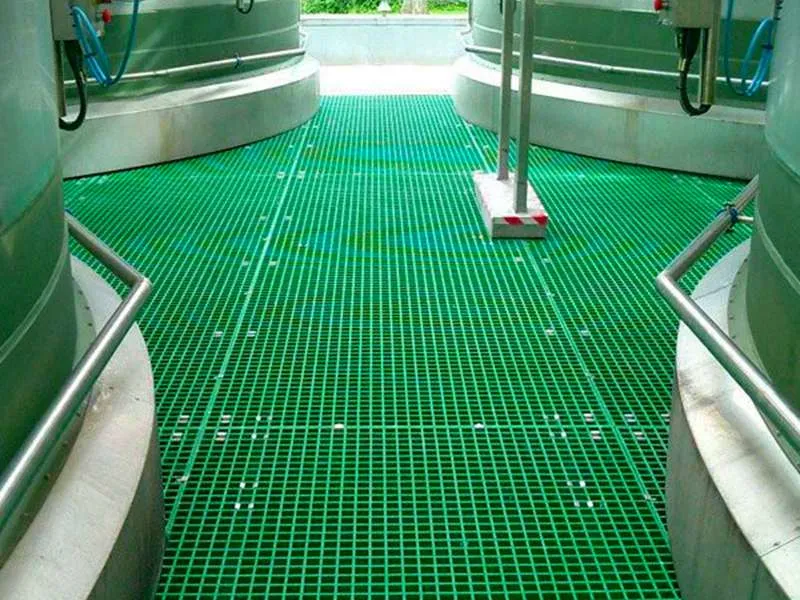
-
 Afrikaans
Afrikaans -
 Albanian
Albanian -
 Amharic
Amharic -
 Arabic
Arabic -
 Armenian
Armenian -
 Azerbaijani
Azerbaijani -
 Basque
Basque -
 Belarusian
Belarusian -
 Bengali
Bengali -
 Bosnian
Bosnian -
 Bulgarian
Bulgarian -
 Catalan
Catalan -
 Cebuano
Cebuano -
 China
China -
 China (Taiwan)
China (Taiwan) -
 Corsican
Corsican -
 Croatian
Croatian -
 Czech
Czech -
 Danish
Danish -
 Dutch
Dutch -
 English
English -
 Esperanto
Esperanto -
 Estonian
Estonian -
 Finnish
Finnish -
 French
French -
 Frisian
Frisian -
 Galician
Galician -
 Georgian
Georgian -
 German
German -
 Greek
Greek -
 Gujarati
Gujarati -
 Haitian Creole
Haitian Creole -
 hausa
hausa -
 hawaiian
hawaiian -
 Hebrew
Hebrew -
 Hindi
Hindi -
 Miao
Miao -
 Hungarian
Hungarian -
 Icelandic
Icelandic -
 igbo
igbo -
 Indonesian
Indonesian -
 irish
irish -
 Italian
Italian -
 Japanese
Japanese -
 Javanese
Javanese -
 Kannada
Kannada -
 kazakh
kazakh -
 Khmer
Khmer -
 Rwandese
Rwandese -
 Korean
Korean -
 Kurdish
Kurdish -
 Kyrgyz
Kyrgyz -
 Lao
Lao -
 Latin
Latin -
 Latvian
Latvian -
 Lithuanian
Lithuanian -
 Luxembourgish
Luxembourgish -
 Macedonian
Macedonian -
 Malgashi
Malgashi -
 Malay
Malay -
 Malayalam
Malayalam -
 Maltese
Maltese -
 Maori
Maori -
 Marathi
Marathi -
 Mongolian
Mongolian -
 Myanmar
Myanmar -
 Nepali
Nepali -
 Norwegian
Norwegian -
 Norwegian
Norwegian -
 Occitan
Occitan -
 Pashto
Pashto -
 Persian
Persian -
 Polish
Polish -
 Portuguese
Portuguese -
 Punjabi
Punjabi -
 Romanian
Romanian -
 Russian
Russian -
 Samoan
Samoan -
 Scottish Gaelic
Scottish Gaelic -
 Serbian
Serbian -
 Sesotho
Sesotho -
 Shona
Shona -
 Sindhi
Sindhi -
 Sinhala
Sinhala -
 Slovak
Slovak -
 Slovenian
Slovenian -
 Somali
Somali -
 Spanish
Spanish -
 Sundanese
Sundanese -
 Swahili
Swahili -
 Swedish
Swedish -
 Tagalog
Tagalog -
 Tajik
Tajik -
 Tamil
Tamil -
 Tatar
Tatar -
 Telugu
Telugu -
 Thai
Thai -
 Turkish
Turkish -
 Turkmen
Turkmen -
 Ukrainian
Ukrainian -
 Urdu
Urdu -
 Uighur
Uighur -
 Uzbek
Uzbek -
 Vietnamese
Vietnamese -
 Welsh
Welsh -
 Bantu
Bantu -
 Yiddish
Yiddish -
 Yoruba
Yoruba -
 Zulu
Zulu
frp step
Understanding FRP and Its Step-by-Step Implementation
Fiber Reinforced Polymer (FRP) composites are gaining significant popularity in various engineering fields due to their excellent strength-to-weight ratio, corrosion resistance, and versatility. This cutting-edge material is not only reshaping construction and manufacturing but also enhancing performance in sectors such as automotive and aerospace. To fully grasp the benefits of FRP, it is essential to understand its properties and the step-by-step process for its effective implementation.
Step 1 Understanding FRP Components
At the core of FRP are two critical components the reinforcing fibers and the polymer matrix. Commonly used fibers include glass, carbon, and aramid, each offering unique attributes. The polymer matrix, which encapsulates the fibers, is typically epoxy, polyester, or vinyl ester. This combination creates a composite material that is lightweight, strong, and resistant to various environmental factors.
Step 2 Design Considerations
Before implementing FRP in a project, engineers must conduct a thorough design analysis. This involves determining the load requirements, environmental conditions, and specific application needs. The design should optimize the fiber orientation and layering techniques to ensure maximum strength and efficiency. Advanced software tools can aid in simulating the performance of FRP in a given application, allowing for data-driven decisions.
Step 3 Manufacturing Process
frp step

Once the design is finalized, the next step is manufacturing the FRP components. This may involve processes such as hand lay-up, vacuum infusion, or resin transfer molding (RTM). Each method has its benefits and is selected based on the complexity of the part and the required production volume. Careful control of the curing process is crucial, as it influences the mechanical properties and durability of the final product.
Step 4 Quality Control and Testing
After manufacturing, quality control ensures that the FRP components meet the specified standards. Non-destructive testing methods, such as ultrasonic testing or thermography, can identify flaws without damaging the material. Comprehensive mechanical testing follows, assessing the tensile strength, shear strength, and fatigue resistance. This step is vital in guaranteeing that the components perform reliably under operational conditions.
Step 5 Installation and Maintenance
The final step involves the installation of the FRP components in their designated applications. Proper installation techniques are essential to maximize the benefits of FRP. Additionally, ongoing maintenance should be considered, although FRP materials typically require less maintenance due to their resistance to corrosion and wear.
In conclusion, the implementation of Fiber Reinforced Polymer involves a structured approach that includes understanding its components, careful design, precise manufacturing, rigorous testing, and diligent maintenance. As industries continue to embrace FRP technology, mastering these steps can lead to enhanced productivity and innovation across various fields.









